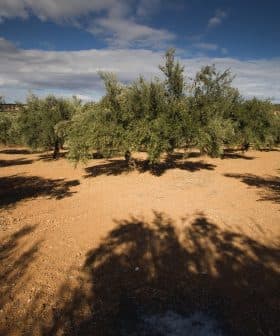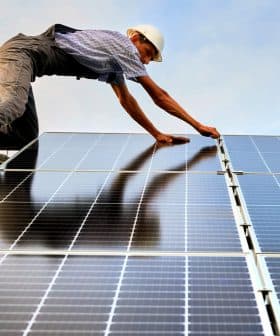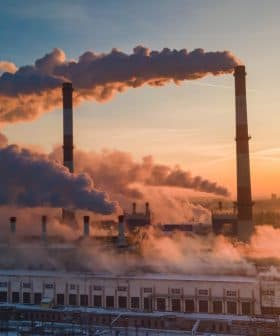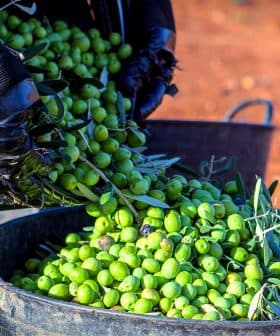Study Predicts Europe, North America Will Experience More Droughts
By studying climate models and tree rings, scientists at Columbia University’s Earth Institute predict a period of unprecedented drying in many parts of the world, particularly in areas of North American and Eurasia.
 Rainfall may increase a bit in California, but so will evaporation rates
Rainfall may increase a bit in California, but so will evaporation ratesA recent study published in Nature found that man-made greenhouse gases have been causing drought for over a century, with data showing a clear human influence on greenhouse gases affecting global patterns of drought as early as the early twentieth century. The study predicts an increase in drying of soil in many parts of the world, particularly in North America and Eurasia, which could have negative repercussions on the human population, while also forecasting more rainfall in certain areas like Central America and Europe, but with rising temperatures leading to increased evaporation.
A recent study published in the journal Nature, reveals that man-made greenhouse gases have been a cause of drought for more than a century.
As part of the study, scientists at Columbia University’s Earth Institute studied reconstructions of the Palmer Drought Severity Index, which uses information on temperature and precipitation to estimate relative dryness and quantify drought, and compared these with data from 600 to 900-year-old tree rings.
The big thing we learned is that climate change started affecting global patterns of drought in the early twentieth century. We expect this pattern to keep emerging as climate change continues.
The tree rings were used as a baseline to examine weather patterns before they were affected by human activity in the form of the creation of greenhouse gases. Both sets of data showed similar drought patterns and on this basis, conclusions revealed a clear sign of the human influence on greenhouse gases.
By studying climate models, the scientists identified three distinct periods. During the first half of the century from 1900 to 1949, the study notes that signs of the effects of global warming due to the production of greenhouse gases were already obvious.
See Also:Climate Change News“The big thing we learned is that climate change started affecting global patterns of drought in the early twentieth century,” Benjamin Cook, the study’s co-author, said. “We expect this pattern to keep emerging as climate change continues.”
The period from 1950 to 1975 was marked by a “global increase in aerosol forcing.” During this time, the use of large amounts of industrial aerosols reached a peak and affected cloud formation, precipitation and temperatures. Also during this period, the amount of greenhouse gases in the atmosphere rose, but this may have been masked by the effects of aerosols.
In more recent years, from 1981 to the present, the study notes that “the signal of greenhouse gas forcing is present but not yet detectable at high confidence.”
Though there has been a decrease in the use of aerosol pollution in the past decades, industrial activities have increased and resulted in rising emissions and temperatures. The effects of climate change on the hydroclimate have been especially obvious since 2000.
“It’s mind boggling,” lead author Kate Marvel said. “There is a really clear signal of the effects of human greenhouse gases on the hydroclimate.”
According to the conclusions drawn from the researchers’ observations, there is an increased drying of soil happening in much of North America, Central America, Eurasia and the Mediterranean, while the Indian subcontinent has become wetter.
As for drought predictions for the near future, the outlook is bleak. The study predicts a period of unprecedented drying in many parts of the world, particularly in areas of North American and Eurasia where this may even be severe. Some of the world’s agricultural areas are at risk of drying out and can even become permanently arid. These trends are likely to have negative repercussions on the human population.
As for precipitation, forecasts predict the same or an increased amount of rainfall in Central America, Mexico, the central and western United States and Europe in the years to come. But at the same time temperatures are expected to rise and result in more evaporation of moisture from the soil in these areas of the world.
The Mediterranean region is expected to receive less rainfall and more evaporation due to heat. More rain is predicted for the Indian subcontinent because of the warming of the Pacific and Indian Oceans, but rainfall patterns may be unpredictable and storms more likely.









